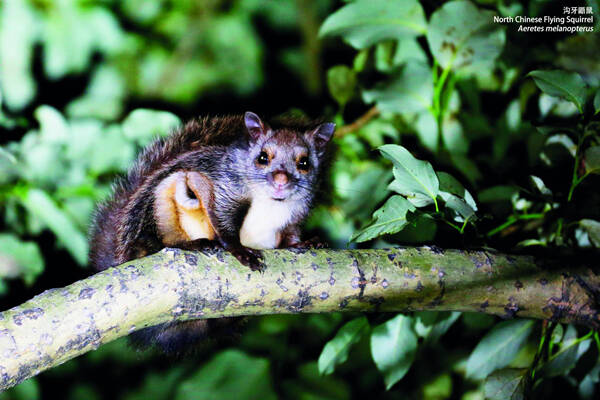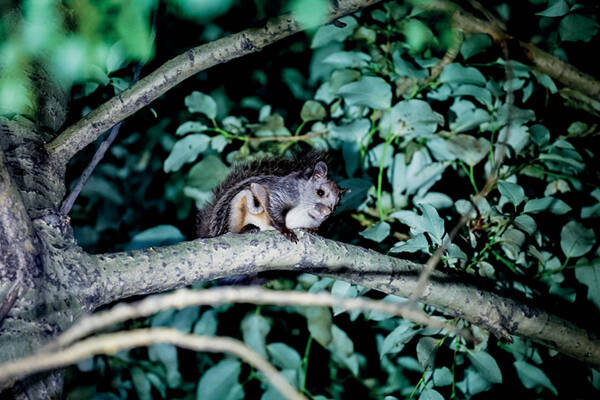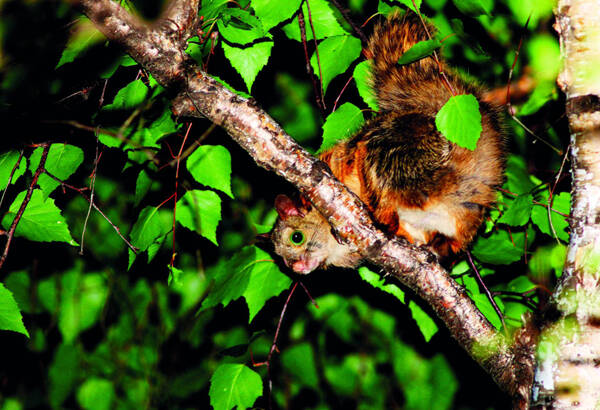Aeretes melanopterus
IUCN
LCBasic Information
Scientific classification
- name:Aeretes melanopterus
- Scientific Name:Aeretes melanopterus,North Chinese flying squirrel,Black-winged flying squirrel
- Outline:Rodents
- Family:Rodentia Sciuridae Sciurus
Vital signs
- length:305-310mm
- Weight:
- lifetime:
Feature
A medium-sized flying squirrel with a flat, rounded tail that is almost as long as or longer than its body.
Distribution and Habitat
It is endemic to China and is only distributed in Sichuan, Gansu and Hebei.
It lives in mixed forests of fir and red birch at an altitude of 2500-3000m.
Appearance
The nose and cheeks are light brown-grey. The brown around the eyes turns darker. The forehead is grey-brown. There is a small brown patch under the jaw. There is no tuft of hair at the base of the ear. The hair on the back is long, fluffy, soft, light brown to dark brown. The hair on the abdomen is shorter than the hair on the back and yellowish-white. The edge of the wing membrane is brown-yellow. The tail is brown and slightly flat, with a black tip. The back of the foot is black.
Details
Grooved-toothed flying squirrels like to build nests in tree holes of tall trees. The nests are built in dead tree holes, with the hole openings ranging from 5 to 10 meters from the ground. The hole openings are small, about 10 cm, and the hole depth is about 50 cm. The nests are made of birch bark and feathers.

Grooved-toothed flying squirrels are nocturnal. They move alternately by gliding and climbing. It is herbivorous, feeding on various tender branches, buds, leaves, fruits, mushrooms, etc., and also a small amount of insects. It does not hibernate. Its natural enemies are mainly mustelids and raptors. Little is known about the ecology of other flying squirrels.

It reproduces once a year, with 1 to 2 cubs per litter. The lactation period is around May each year.

The Grooved Flying Squirrel is found only in a few places, and its number is very small, and it is already endangered. It is now included in China's "National List of Terrestrial Wildlife with Important Economic and Scientific Research Value" and the "World Conservation Union" (IUCN) 2008 Red List of Endangered Species.








